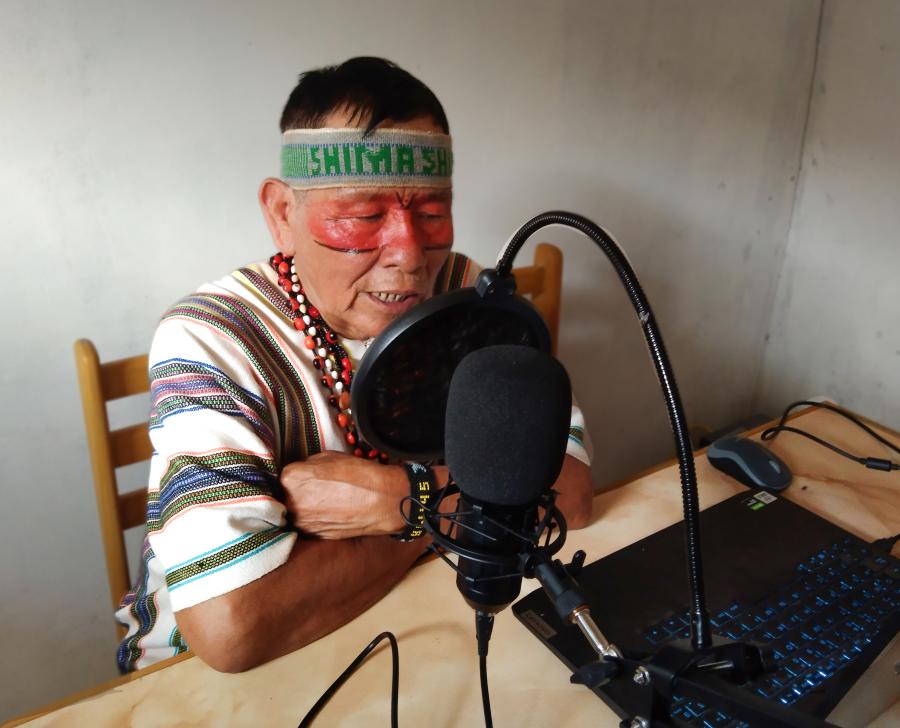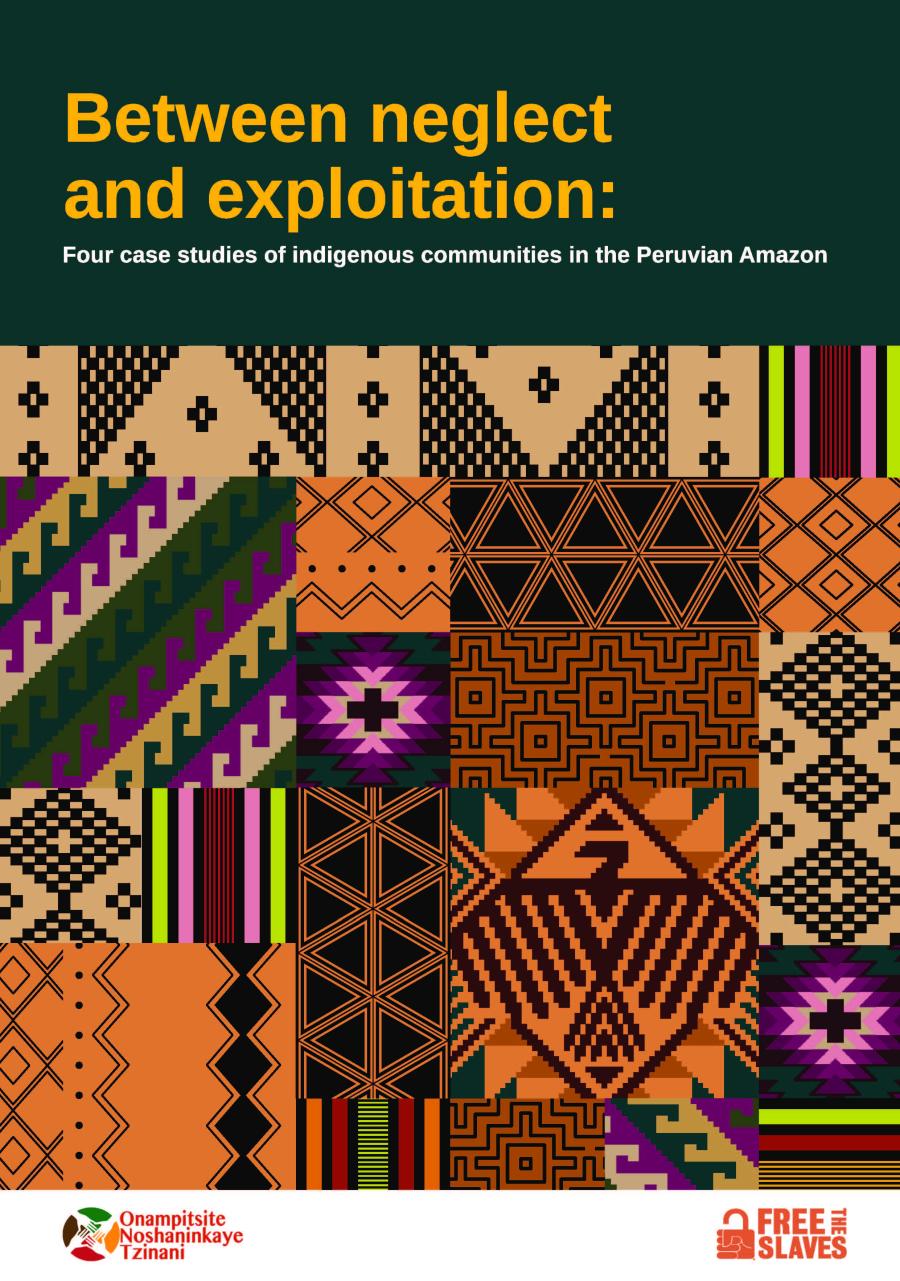The village of Huilloc is home to about 200 traditional Quechua families living in stone-and-thatch houses at 12,000 feet in the Peruvian Andes north of Ollantaytambo, near Machu Picchu.
Typical of many traditional Quechua communities, daily life in Huilloc revolves around farming and weaving. The main crops are potatoes—some 140 varieties—and beans, which the people of Huilloc trade for corn with communities at lower elevations. The crops are grown on terraced fields cut into the steep mountainsides, where the farmers, like others in the Andes, are finding that warming climate is forcing them ever higher up the mountains to find cold enough weather to support their potatoes. The village’s life revolves largely around the growing season, which is also the rainy season, running from September to May. All the work in the fields—plowing, planting, turning fallow soil, harvesting the crops—is done by hand, using very basic tools. During the dry season, the men often work as guides and porters on the Inca Trail.
The weaving of Huilloc women, from the wool of their llamas and alpacas, is very highly regarded and traded at the weekly market for pots and pans, farming tools, and other items they cannot produce themselves. The community is home to the Textiles Revitalization School, where elder weavers teach younger women the art of using a backstrap loom and making traditional textiles. The school is a project of the Center for Traditional Textiles of Cusco, which itself was a special project of Cultural Survival (it’s now a freestanding nonprofit organization). The Cusco center works with nine communities in the region, helping them preserve and revive traditional Quechua weaving and textiles. Each year, the weavers of Huilloc and all the other communities in the valley gather together to dye the year’s supply of wool—a labor- and time-intensive task that is more economical (and enjoyable) when it’s done en masse.
In the photos that follow, French photographer David Ducoin documents weaving and farming in Huilloc.
David Ducoin’s photographs of the Mapuche people appeared in the spring 2010 issue of Cultural Survival. For more of his work, see his website, www.tribuducoin.com.



